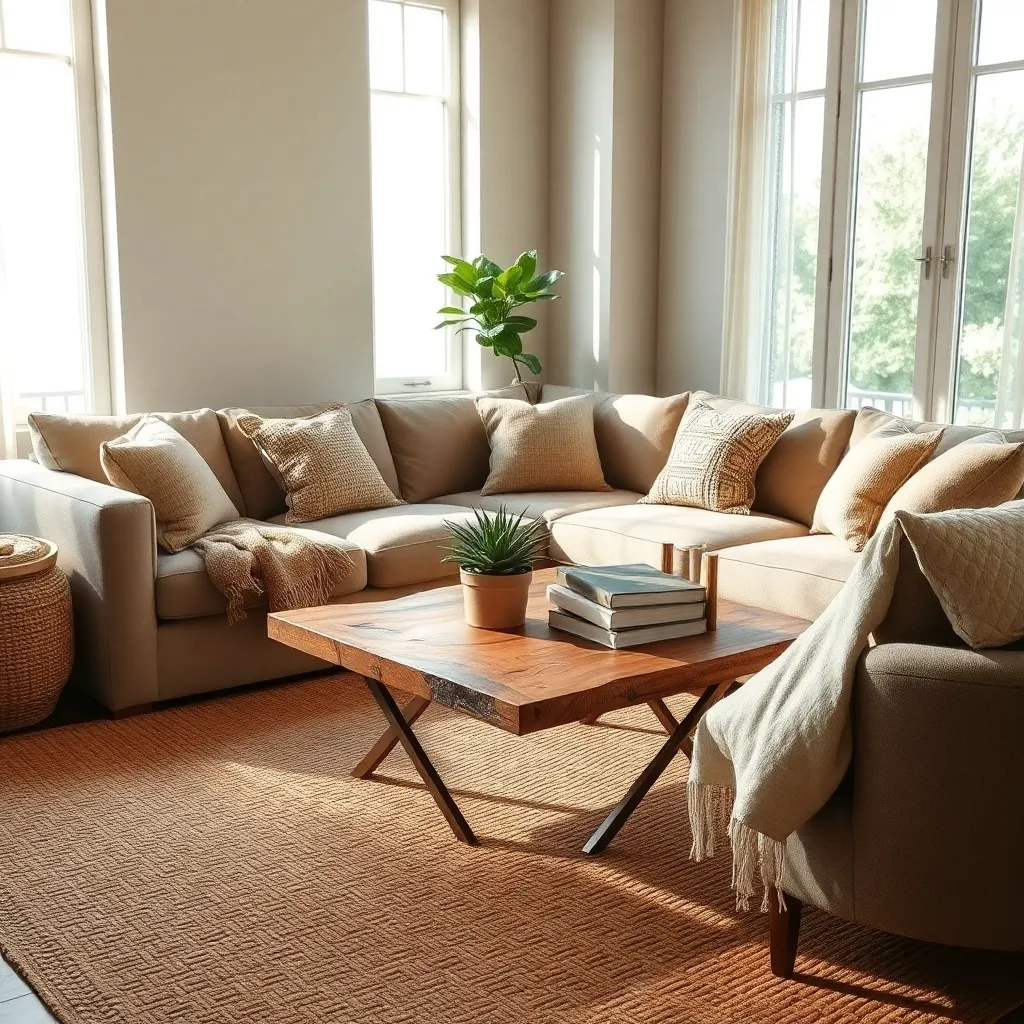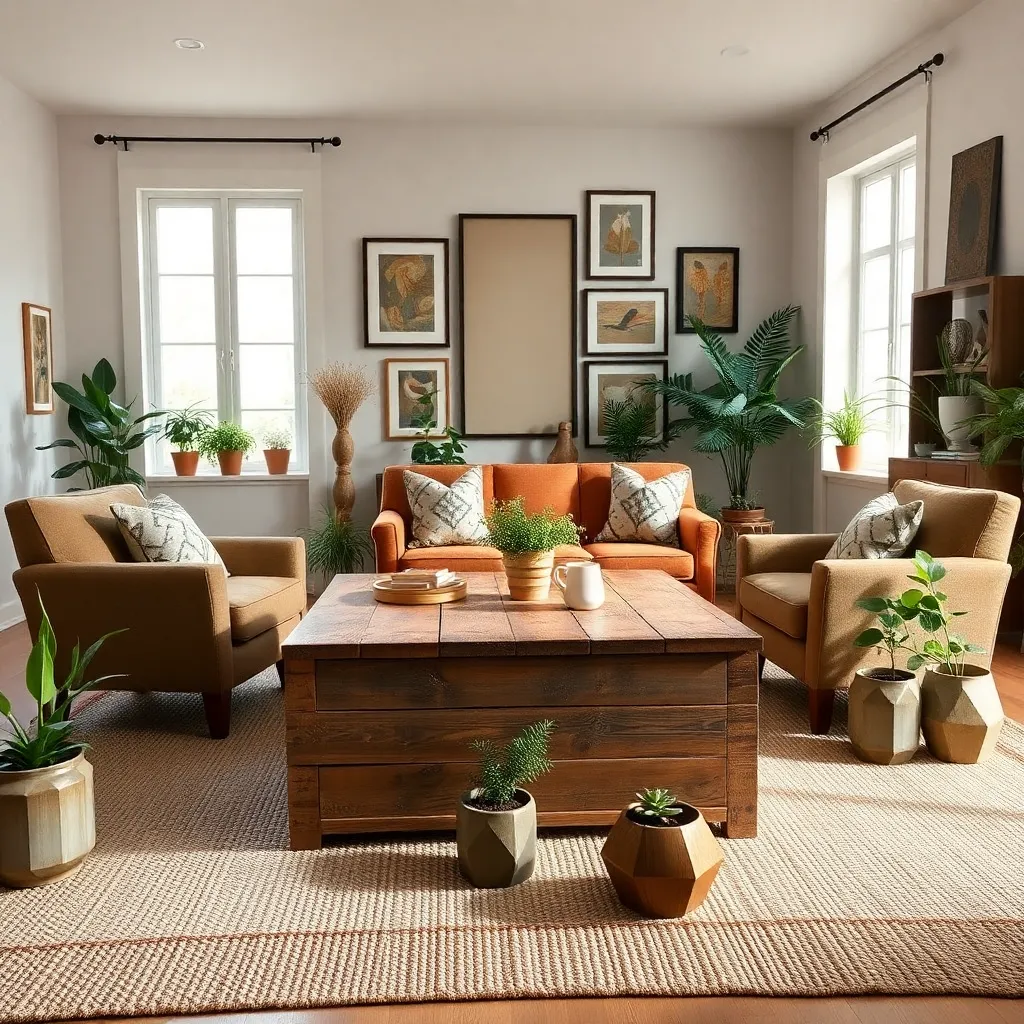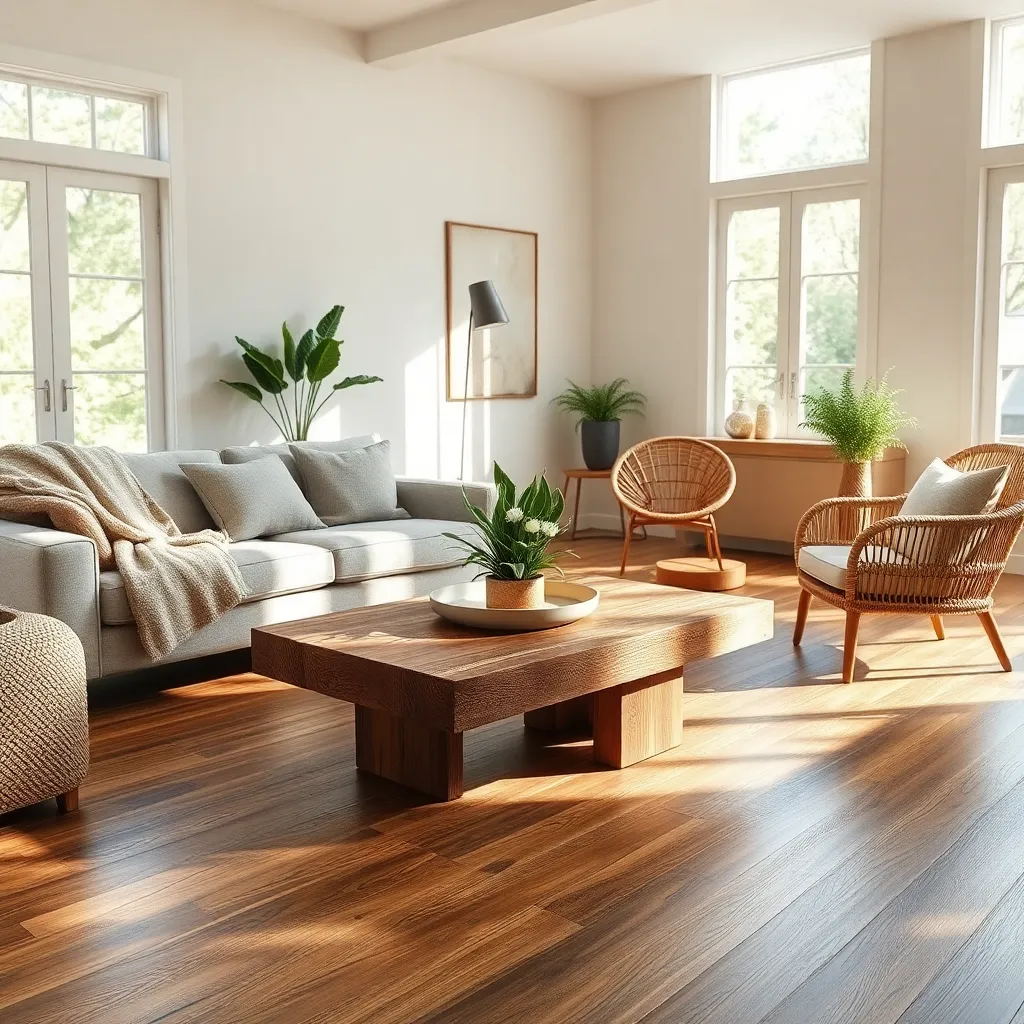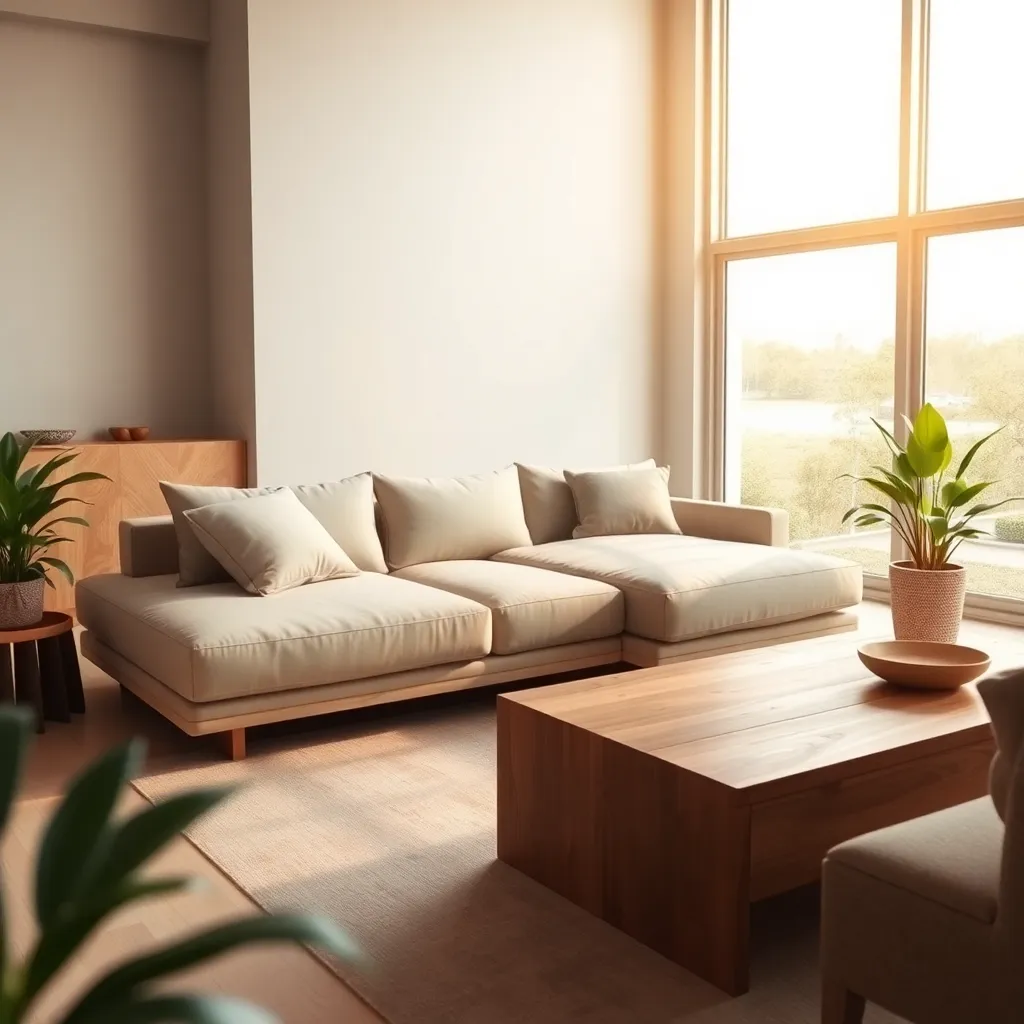In the ever-evolving world of interior design, making choices that are both stylish and environmentally conscious has never been more important. Whether you’re just beginning your home decorating journey or you’re a seasoned pro, integrating sustainable furniture into your space offers an opportunity to create a beautiful home that also respects our planet. Choosing sustainable furniture isn’t merely a trend; it’s a thoughtful lifestyle choice that makes a lasting positive impact on our environment and wellness. By understanding the materials, production methods, and brands that prioritize sustainability, you can make informed decisions that align with your values and aesthetic.
This article will guide you through the essentials of selecting eco-friendly furniture, providing you with practical tips and insights to help you on your sustainable design journey. You’ll learn how to identify truly sustainable pieces, navigate the ocean of eco-labels, and discover brands that are leading the charge in responsible furniture design. Whether you’re looking to revamp a single room or transform your entire home, these insights will empower you to create a space that is as kind to the Earth as it is to the eye. Embrace this exciting opportunity to enhance your living environment while contributing to a healthier planet.
Understanding Sustainable Material Options

When choosing sustainable materials for furniture, consider options like bamboo, reclaimed wood, and recycled metal, which are both environmentally friendly and stylish. These materials not only reduce your carbon footprint but also add a unique character to your home’s decor.
Reclaimed wood is an excellent choice for those looking to incorporate rustic charm into their living spaces. Its natural imperfections and rich history make each piece one-of-a-kind, providing a conversational focal point in any room.
Additionally, bamboo is a rapidly renewable resource that offers a sleek, modern look when used in furniture. Its strength and versatility make it ideal for a range of items, from coffee tables to bed frames, without compromising aesthetic appeal.
Consider recycled metal for a touch of industrial chic that is both durable and sustainable. These pieces can be strategically placed in minimalist settings to enhance visual interest and provide an eco-friendly edge.
For a cohesive design, pair these sustainable materials with natural fibers such as organic cotton or jute for upholstery and textiles. This combination not only complements the earthy tones but also ensures a comfortable and eco-conscious living environment.
Advanced decorators might explore mixing different sustainable materials to create a layered, textured look. An example is combining bamboo with recycled metal accents to achieve a balanced blend of warmth and modernity.
Choosing Eco-Friendly Furniture Brands

When selecting eco-friendly furniture brands, start by seeking out companies that prioritize sustainability in their manufacturing processes. Look for brands that use certified sustainable materials like FSC-certified wood or reclaimed materials, ensuring the wood is sourced responsibly.
Another aspect to consider is the use of non-toxic finishes and adhesives, which contribute to a healthier home environment. Brands that offer water-based finishes or use natural oils and waxes are preferable as they reduce harmful VOC emissions.
For those who want to dive deeper, research brands that implement a circular economy approach, focusing on furniture longevity and recyclability. Some companies also offer take-back programs or modular designs that allow for easy repairs or updates, extending the life of your furniture.
In terms of design, choose pieces that complement your existing decor while adding a touch of nature-inspired aesthetics. Opt for neutral colors and earthy tones to create a calming atmosphere, which pairs beautifully with greenery and natural light.
Exploring Upcycled and Reclaimed Designs

Upcycling and reclaiming materials for furniture is a creative way to infuse sustainability into your home decor. Start by exploring local thrift stores or flea markets for pieces that have potential, focusing on solid wood items that can be sanded and refinished.
Consider transforming old doors into unique headboards, adding a rustic charm to your bedroom. To achieve a cohesive look, pair these reclaimed pieces with neutral bedding and soft lighting, ensuring the focus remains on the upcycled elements.
Incorporating reclaimed wood shelves can add both character and functionality to your space. Position them in your living room or kitchen, where they can serve as display areas for plants or books, mixing utility with visual appeal.
For more advanced decorators, combining different textures from reclaimed materials can create a layered, sophisticated aesthetic. Experiment with mixing metals and woods, ensuring the color palette remains consistent across different pieces to maintain a harmonious look.
Evaluating Durability for Longevity

When selecting furniture for longevity, consider the materials it is made from. Solid wood, such as oak or maple, is known for its durability and timeless appeal, making it a wise choice for key pieces like dining tables or bed frames.
Another important factor is the construction technique used in your furniture. Look for pieces with mortise and tenon or dovetail joints, as these are strong, traditional methods that ensure long-lasting sturdiness.
Beginner decorators can start by investing in classic, neutral pieces that can adapt to evolving styles. Neutral colors like beige, gray, and white are versatile, allowing you to update accessories and accents easily while maintaining a cohesive look.
Experienced decorators might explore more sophisticated choices, such as high-quality leather or performance fabrics for upholstery. These materials not only offer durability but also add a touch of luxury and are easy to clean, making them perfect for families or pet-friendly homes.
Incorporating Multi-Functional Pieces

When selecting multi-functional furniture, consider pieces that serve more than one purpose, such as a sofa bed or a coffee table with storage. These items not only save space but also reduce the need for additional furniture, promoting a more sustainable living environment.
Integrating multi-functional furniture into your home can be as simple as choosing a dining table that doubles as a workspace. Opt for materials like reclaimed wood or recycled metal to enhance sustainability while adding a touch of rustic charm to your decor.
Consider color schemes that allow these multi-functional pieces to blend seamlessly into your existing design. Neutral tones like grays, beiges, or whites are versatile and can be accented with vibrant throws or cushions to introduce pops of color.
Advanced decorators might experiment with modular furniture that can be reconfigured to suit different needs, such as a modular sofa that turns into a bed. This flexibility not only maximizes space but also adapts to your evolving lifestyle, making your home both stylish and efficient.
Conclusion: Growing Success with These Plants
As we wrap up our exploration of sustainable furniture choices, let’s revisit the five key ways these decisions can enrich your relationships. First, choosing eco-friendly furniture reflects shared values, fostering deeper connections. Second, the act of selecting quality pieces over disposables encourages meaningful conversations and cooperation. Third, sustainable choices often lead to healthier living environments, enhancing well-being for everyone involved. Fourth, the longevity of well-crafted furniture symbolizes commitment and stability in relationships. Lastly, supporting ethical brands can unite partners in a shared mission to make the world a better place.
Your next actionable step is to evaluate one area of your home where a sustainable furniture upgrade could make a positive impact, both environmentally and relationally. Take a moment to discuss this with your partner or family, initiating a dialogue that strengthens your bond.
Remember to bookmark this article for future reference, as these insights can serve as a valuable guide in your journey toward a more harmonious and environmentally-conscious lifestyle.
Looking ahead, embracing sustainable choices is not just about furniture; it’s about building a future where your relationships flourish alongside the planet. By taking these steps today, you’re investing in a lifetime of love and connection.
